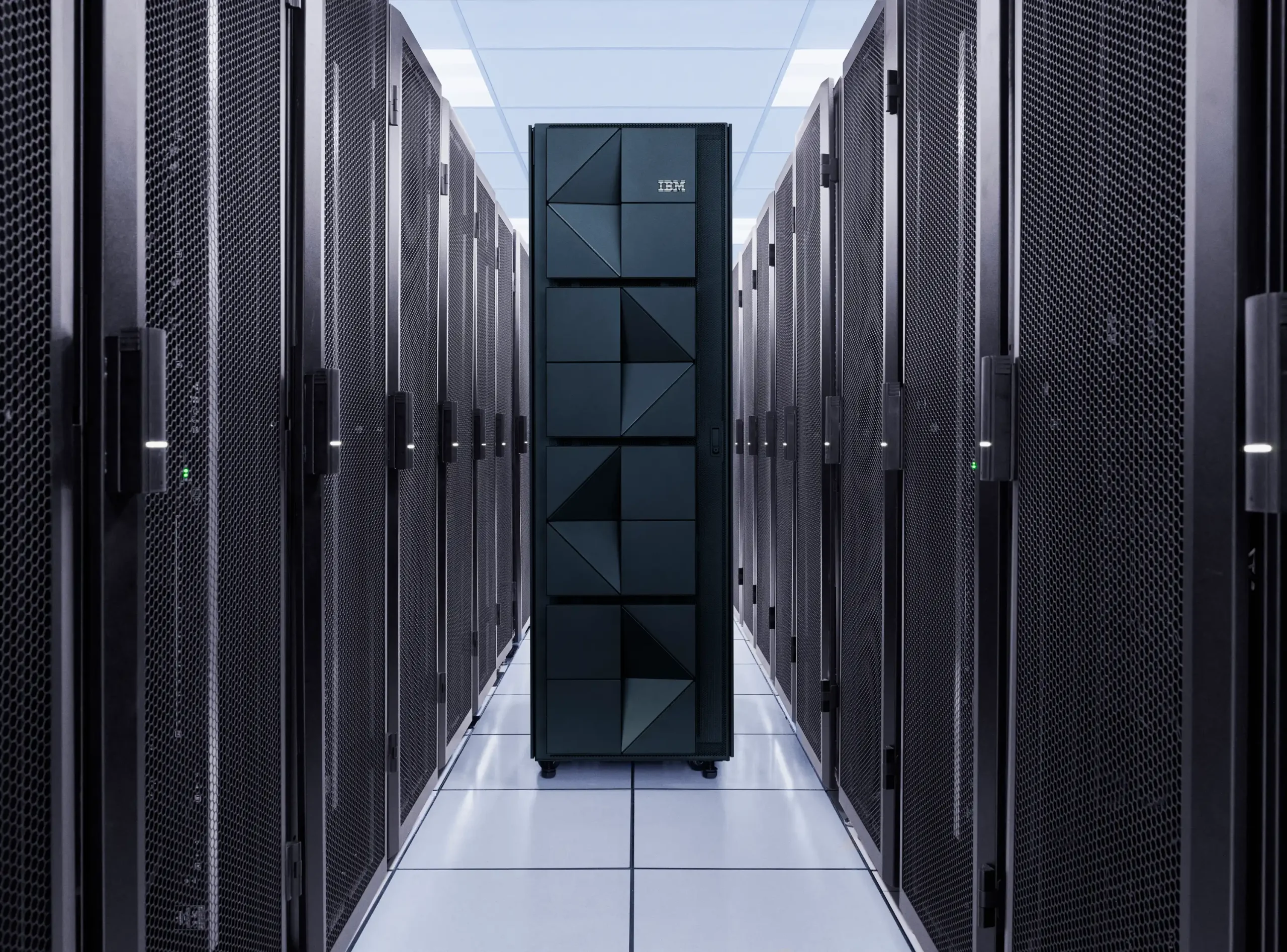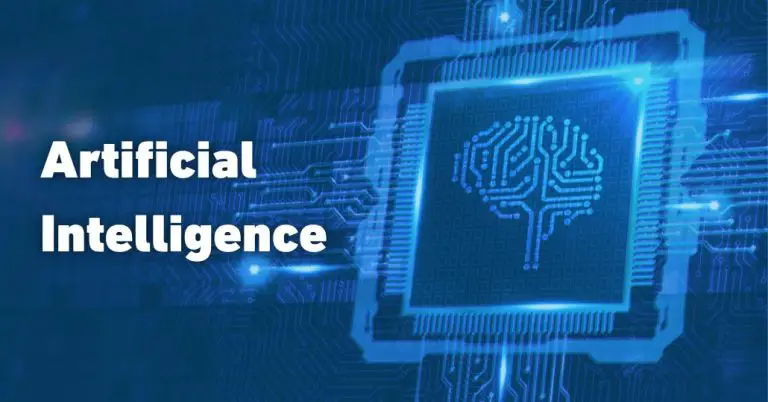
IBM is rolling out its next-gen mainframe, the IBM z17 with a clear focus on accelerating artificial intelligence adoption across enterprises. Announced on Monday, the z17 builds on the foundation of the 2022 z16 system, but brings some serious upgrades, especially in AI performance and energy efficiency.
At the heart of the z17 is IBM’s new Telum II processor, built specifically for enterprise AI workloads. It can handle a jaw-dropping 450 billion AI inference operations daily, marking a 50% boost over the previous generation. According to IBM, this makes it ideal for running large language models, generative AI applications, and AI agents, all without compromising on security or system performance.
Despite mainframes being perceived as legacy tech, they’re far from obsolete. In fact, around 71% of Fortune 500 companies still rely on mainframes for mission-critical operations. Think banks, insurance companies, and government agencies, industries where security, uptime, and processing speed are non-negotiable. The global mainframe market, estimated at $5.3 billion in 2024, is projected to keep growing, driven in part by the demand for AI-ready infrastructure.
What makes the z17 especially exciting is its built-in AI acceleration and scalability? IBM has designed it to support up to 48 IBM Spyre AI accelerator chips right out of the gate, with plans to scale to 96 chips within a year. This built-in “headroom,” as IBM calls it, allows businesses to adopt newer and more demanding AI models over time without needing a full hardware overhaul.
Tina Tarquinio, IBM’s VP of Product Management and Design for IBM Z, shared that the z17 has been in the works for over five years, way before the AI boom triggered by ChatGPT in late 2022. IBM collected feedback from over 100 customers during development to ensure the z17 would be future-ready. And it looks like their early insights paid off.
“One of the most exciting parts is that we’ve architected the system with AI agility in mind.” Tarquinio said. “We’re ready for models that don’t even exist yet, ones that might need more memory or localized communication. We’ve built in that flexibility.”
Another major win for the z17 is energy efficiency. IBM claims the AI acceleration is 7.5x faster than before, while consuming 5.5x less energy than comparable platforms in the market. That’s a big deal as enterprises look for ways to lower data center power consumption while still ramping up AI workloads.
Beyond hardware, IBM is also expected to integrate the z17 into its hybrid cloud and consulting services, enabling companies to tap into both on-prem and cloud-based AI solutions. Compatibility with open-source tools and existing IT ecosystems ensures that enterprises won’t need to start from scratch to implement AI on z17.
The IBM z17 will be available starting June 8, and while pricing details haven’t been disclosed yet, it’s likely to be targeted at large enterprises with high-scale compute needs and a focus on security, scalability, and AI innovation.
Related links you may find interesting
More Insights
- Telum II Overview:- The Telum II chip builds on IBM’s innovations in silicon design. It includes enhanced on-chip AI inferencing, faster data transfer, and built-in cybersecurity features. Telum processors are unique because they bring AI inferencing directly to transaction processing, allowing real-time fraud detection or recommendation systems within banking apps, for example.
- IBM Spyre AI Accelerator:- This is a relatively new AI chip line designed to work in high-density computing environments like mainframes. It’s optimized for AI workloads such as NLP (natural language processing) and multi-modal processing (e.g., images, text, and audio combined).
- Mainframes and AI:- While GPUs and cloud systems get a lot of hype, mainframes are still important for secure, high-throughput systems. IBM is positioning the z17 not just as a traditional transaction machine but as a hybrid AI powerhouse that can seamlessly run AI alongside transactional data in real time, without needing to send data to external GPUs.
- Green Computing:- With energy regulations tightening and enterprise ESG (Environmental, Social, Governance) goals growing more urgent, IBM’s focus on energy efficiency might be a bigger selling point than raw power. Data centers are among the largest consumers of electricity in the tech sector.





